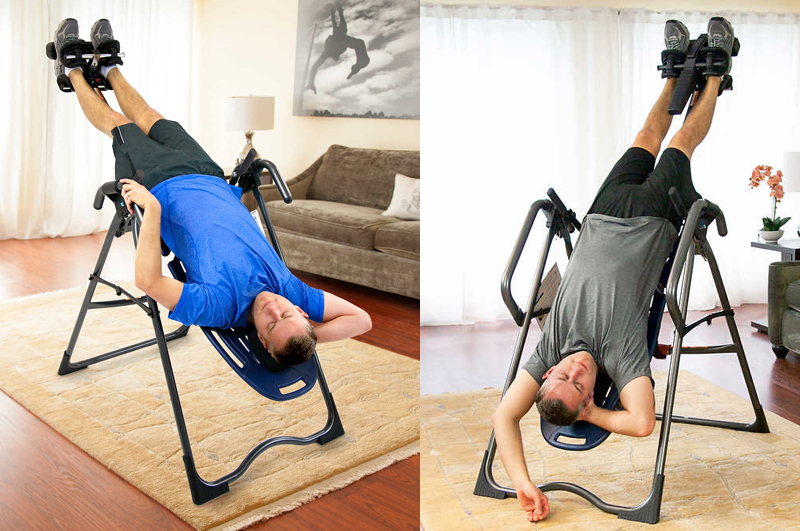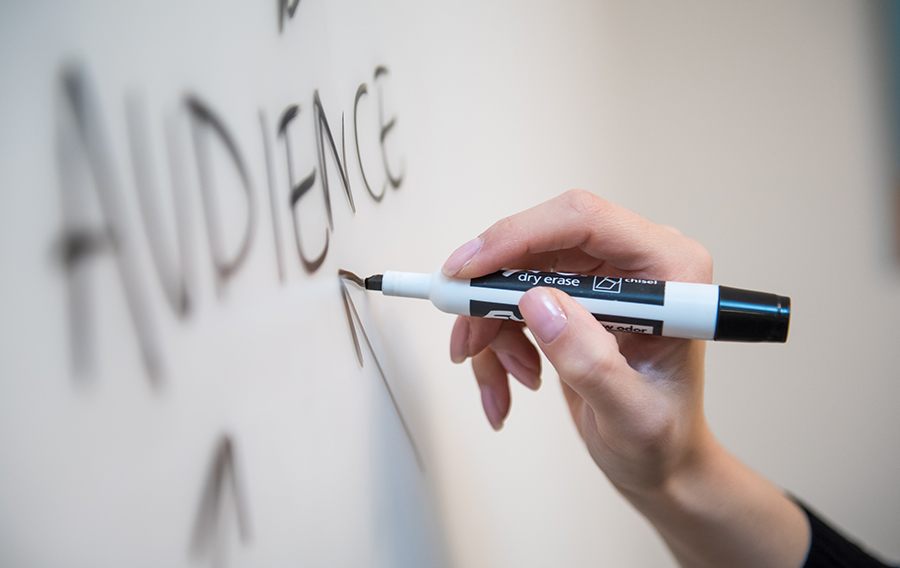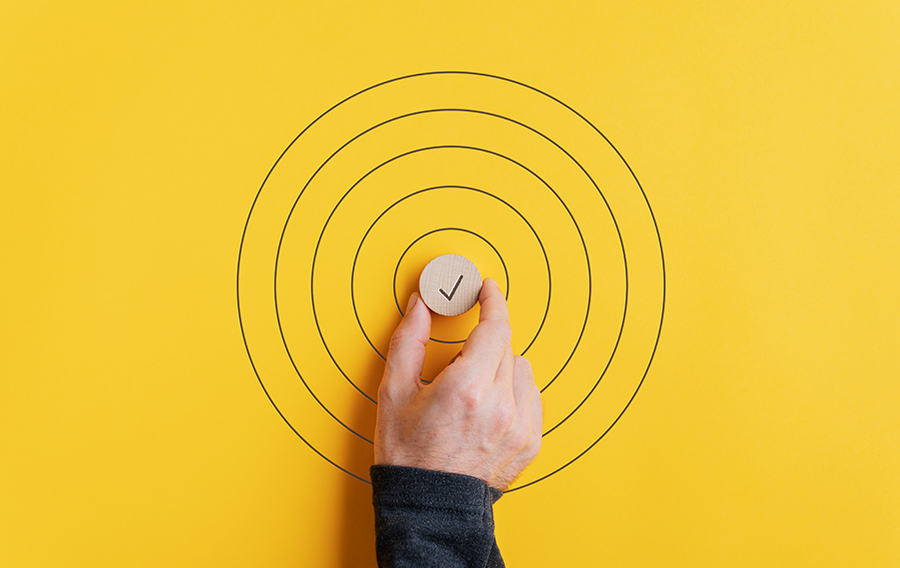Although inversion tables are a relatively modern invention, inversion therapy is a concept that is nearly as old as man himself. By design, inversion tables hold a person upside down to take advantage of gravity’s pull to relieve pain and decompress the spine. Gravity also changes the body’s blood flow while the inverted position gives the lymphatic system a chance to remove toxins from the system.
While the design of an inversion table is relatively simple and straightforward, you still want to ensure that you purchase a table that is of high quality and durable. We put together this inversion table buying guide to help you find the right table for your needs.
Quality and Durability
The quality and durability of the inversion table are, by far, the most important things to consider. Keep in mind that you will be hanging upside down from the machine, so you want something that can withstand your weight with ease. A table constructed with poor quality materials can be dangerous.
The table’s frames should be constructed with a sturdy material, such as stainless steel. Machines with a built-in motor system are an even better choice.
When in doubt, take a look at the weight of the table. A heavy table will be sturdier and more durable. Most models will also display the maximum weight the table can withstand. If you are particularly tall or heavy, you will need a table with a larger frame. Those who like to actively engage in exercise while inverted will also need a larger, sturdier frame.
Motor
Basic inversion tables will require that you invert the table manually, but higher-end models have built-in motors that can do this for you with one simple switch of a button. If your budget allows it, go for the table with the built-in motor. Not only is it more convenient, but safer to use as well.
Back Padding
When looking at inversion tables, you want to keep in mind the thickness of the back Padding. Typically, thicker pads are more comfortable than thin pads. They also provide greater support. There are some tables that include top notches which allow users to rest face down in a comfortable manner. Other tables also include removable pads, which makes the machine more versatile.
Frame Construction
The construction, or design, of the frame is also important. The inversion degree should be controllable, either manually or through the use of the machine’s motor. If you are limited on space, opt for an inversion table that is foldable. Those who have dedicated exercise rooms can choose a static table.
To put it simply, a quality inversion table will be constructed with durable materials and include thicker back padding to make your sessions more comfortable. Because there are so many different tables to choose form, searching for online customer reviews can also be beneficial in helping you find the right inversion table for your needs and your budget. Take your time when shopping for your inversion table to really make sure that you make a smart purchasing decision.
Using Inversion Equipment
The use of inversion equipment isn’t new, 2,410 years ago, Hippocrates the Father of Medicine performed the very first spine stretching exercise known to man. He would hoist his patients upside down on a ladder attached with ropes and pulleys, with their ankles and knees tied securely to the ladder. The ladder, rope and pulley comprised the first inversion equipment ever used. This method, called inversion therapy, was believed to counter the effects of gravity on the body and was used to treat back pain. Because gravity pulls the body toward the center of the earth, the downward force exerts pressure on the back. Orienting a person upside down will help remove that pressure because the pull of gravity will act from the foot down to the head.
Since that time, technology has gone a long way in developing equipment designed to relieve back pain. Inversion equipment and machines are now more ergonomic in their designs, having an added comfort to the cure. The two kinds of equipment used for inversion therapy are the gravity boots and the inversion table.
Gravity boots were the inversion equipment developed by Robert Martin, founder of The Gravity Guidance System, during the 1980’s. It gained widespread popularity when it was used by Richard Gere in his movie “American Gigolo”. Gravity boots are used for the form of inversion therapy that allows a person to hang from his ankles, suspended head-first on an inversion rack that is usually attached above the door post. These ankle supports were designed for a full inversion, and is best reserved for people who are in good condition. Athletes and other health enthusiasts have also used this inversion equipment to make work outs like squats and crunches more challenging. The inversion rack can also be used for chin ups and pull ups.
The more convenient equipment by far is the inversion table. This machine can be used for full or partial body inversions. It is designed to be rotated to a preferred angle, or to gradually bring a patient to a full inversion. More inversion tables are available on the market compared to gravity boots because of the comfort and convenience it can bring. You can find a wide variety of this kind of inversion equipment with a range of prices to choose from, depending on your specific needs.
Using the gravity boots or the inversion table can temporarily lengthen your spine and reduce pressure on the body. As a result, neck and back pains and muscle spasms are reduced, muscles and the ligaments are stretched, and circulation is improved. Inversion therapy is a good way to realign, stretch and relax your body after a tedious workout.
Inversion therapy has been time-tested and is a certified sure way to relieve your body of stress and back pain that can get in the way of your performing daily duties and activities. No more ladders, ropes and pulleys. Inversion therapy is now safe and comfortable. Use the best inversion equipment that’s most comfortable and suitable for you and your needs.








